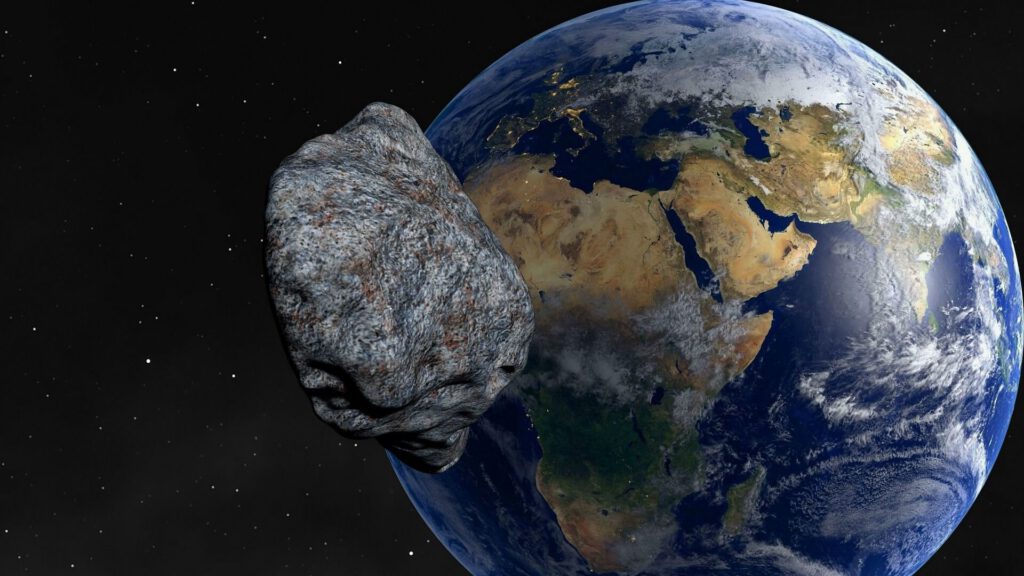On October 3, the Earth will pass by a large near-Earth asteroid. It has no verbal name, only the number 349507 (2008 QY). The minimum distance to the asteroid will be 6.3 million kilometers, which could classify it as potentially hazardous to the Earth.
The asteroid was discovered in 2008. But before that, the asteroid appeared in space images in 1989. Astronomers did not notice it then, but were able to detect it in archival images after calculating its trajectory in the past.
In addition to optical observations, astronomers conducted a series of radar experiments with the asteroid in 2012, which allowed them to determine its speed and distance from the Earth. In total, astronomershave made more than 500 observations of this body to date.
Its diameter can range from 0.5 to 1.1 km, scientists say.
On October 3, the distance between the Earth and 349507 will shrink to a minimum of 6.3 million km, or 0.04 astronomical units (a.u.), equal to the radius of the Earth’s orbit. This is 16 times the distance to the Moon, but allows the asteroid to be considered dangerous by NASA’s criteria. The agency, however, has assured that the Earth is not at risk of severe asteroid impacts for the next century.

